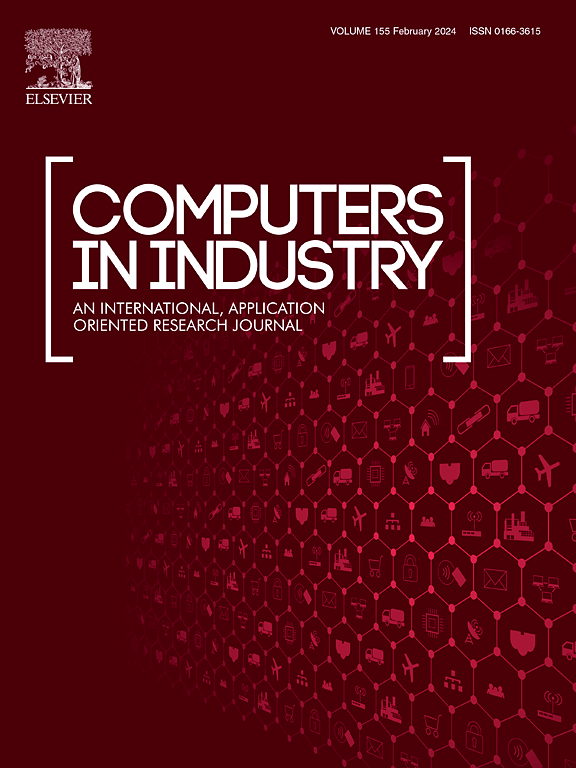扩展现实与离散事件模拟:界定设计权衡和方向的系统审查
IF 8.2
1区 计算机科学
Q1 COMPUTER SCIENCE, INTERDISCIPLINARY APPLICATIONS
引用次数: 0
摘要
由于扩展现实(XR)技术能够提供更容易获得的视觉和身临其境的体验,因此在支持不同受众和利益相关者参与离散事件模拟(DES)方面越来越受欢迎。XR 应用可以通过集成到 DES 软件中的模块或游戏引擎来开发,从而为环境设计提供不同的机会。然而,考虑到可视化、信息展示、交互和导航等方面,目前还缺乏针对此类环境的开发指南。本文系统回顾了 XR 在 DES 中的应用,并将结果与 XR 设计启发式方法联系起来,以确定和讨论主要的设计权衡。最后,还举例说明了矿业部门的一个案例研究,以说明平衡权衡的可能解决方案。本文章由计算机程序翻译,如有差异,请以英文原文为准。
Extended realities and discrete events simulations: A systematic review to define design trade-offs and directions
Extended Reality (XR) technologies are increasingly popular to support the engagement of different audiences and stakeholders with Discrete Event Simulations (DES) due to their capability to deliver more accessible visual and immersive experiences. XR applications can be developed either using modules integrated into DES software or game engines, providing different sets of opportunities in the environment design. However, there is a lack of development guidelines for such environments, considering visualization, information presentation, interaction, and navigation aspects. The paper presents a systematic review of the use of XR for DES, relating the results to XR design heuristics to identify and discuss major design tradeoffs. Finally, a case study from the mining sector is exemplified to illustrate possible. solutions to balance the trade-offs.
求助全文
通过发布文献求助,成功后即可免费获取论文全文。
去求助
来源期刊

Computers in Industry
工程技术-计算机:跨学科应用
CiteScore
18.90
自引率
8.00%
发文量
152
审稿时长
22 days
期刊介绍:
The objective of Computers in Industry is to present original, high-quality, application-oriented research papers that:
• Illuminate emerging trends and possibilities in the utilization of Information and Communication Technology in industry;
• Establish connections or integrations across various technology domains within the expansive realm of computer applications for industry;
• Foster connections or integrations across diverse application areas of ICT in industry.
 求助内容:
求助内容: 应助结果提醒方式:
应助结果提醒方式:


